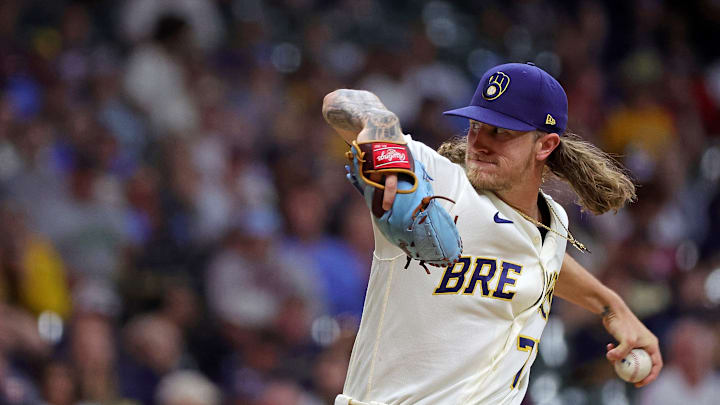July 28, 2000. Richie Sexson is a legendary name in Brewers history, a 2014 Wall of honor inductee. But many fans forget that Sexson was not an original Brewer.
The slugger actually came up with Cleveland in 1997, and by 1999 had established himself as a regular. Nevertheless, at the 2000 trade deadline Sexson was the centerpiece of a massive seven-player trade.
The Brewers got Sexson, Kane Davis, Paul Rigdon and Marco Scutaro in exchange for Bob Wickman, Jason Bere and Steve Woodard. Sexson paid immediate dividends.
He hit .296 with 14 home runs the rest of that season. Sexson hit 45 blasts in 2001 and 45 more in 2003, making the NL All Star team in 2002 and 2003.
In four years with the Brewers, he hit 133 home runs with 398 RBIs and a .902 OPS. The only downside was a team one; the Brewers never finished .500 with Sexson in the lineup.
